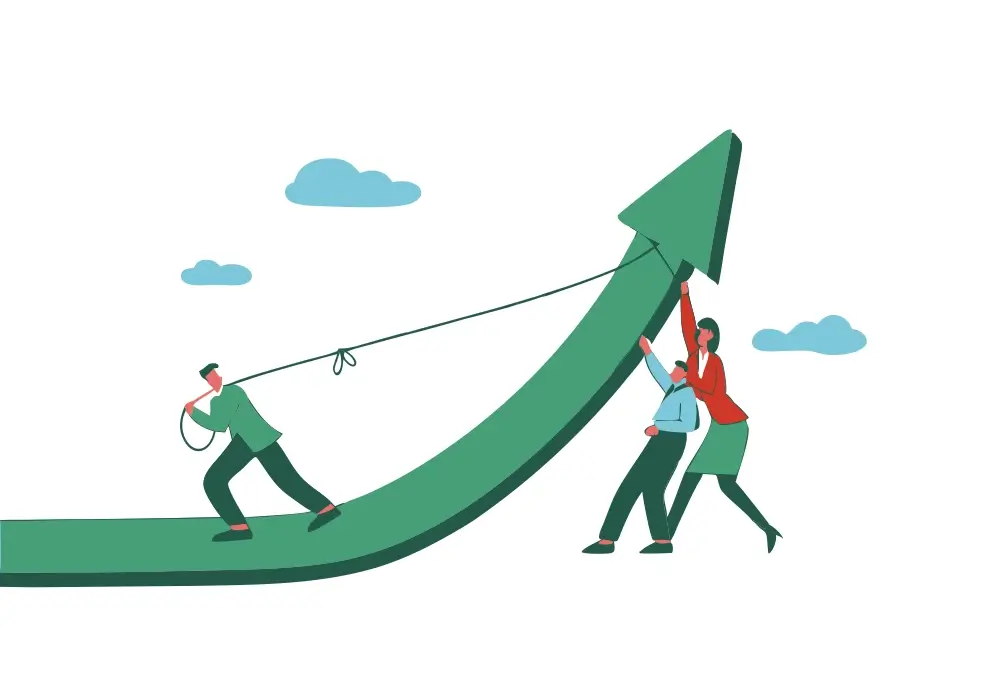After 12 years of building websites, I’ve learned something that surprises a lot of business owners: the best-performing sites are never actually finished. They are constantly evolving, adding new features, and getting smarter about how they serve the business.
In spite of this, most businesses treat launch day like crossing the finish line.
Most Websites Don’t Change (And Miss Huge Opportunities)
A business might launch a beautiful new website — with a clean design, compelling content, and a structure that fits its goals perfectly at the time. It’s a strong foundation and a smart investment. But as the business evolves – with new products, shifting customer needs, or internal changes – the site can slowly drift out of sync. A year later, visitors may struggle to find the right product because the navigation no longer reflects the current offering. Eighteen months on, small inefficiencies such as a lengthy checkout process can start to impact sales. It’s not the original site that failed – it’s just that the business moved forward, and the website didn’t keep up.
Your Website Should Get Smarter, Not Just Older
The websites that really work for businesses aren’t just maintained – they’re continuously improved with features that solve real problems.
Features such as:
- Product finders and filters that help customers find what they need
- Resource hubs that position you as the expert, which can be especially powerful for professional services.
- Navigation that reflects how people actually use your site
- A/B tested conversion paths that turn more visitors into customers
- Interactive forms that provide value – like quizzes that provide instant insights while capturing leads
- Content that adapts to what each visitor is looking for
These aren’t just “nice to haves” – they are competitive advantages.

Your Business Grows, Your Website Should Too
Maybe you have expanded your product range, entered new markets, offer new services or refined how you operate. If your website hasn’t kept pace, it may still reflect where you were, not where you are now.
My husband was recently shopping for motorbike gear on two different sites selling the same brands. One let him filter by jacket type, size, brand, colour, zip length – he found exactly what he wanted in seconds. The other site? Just page after page of scrolling. You can guess which one got his order.
When you started, maybe you were targeting one type of customer. Now you serve three different markets, but your homepage still talks to everyone in the same way. Different landing pages or targeted content could speak to each group properly.
Businesses often think website improvements mean expensive redesigns. But actually small, strategic changes usually beat big redesigns.
So what changes should you make? The answer lies in your website user data.
Real Data Shows You What to Improve
Once your site is live, you can see exactly how people use it – what’s working, what they’re missing, and where small changes could make things easier. Acting on real user behaviour means you don’t have to guess what to change.
Heat mapping shows where people click. Analytics reveal where they drop off your conversion funnel. User feedback highlights frustration points. This data is incredibly valuable, but only if you make improvements based on it.
The most successful websites are the ones where we regularly review this data and make targeted improvements. This doesn’t require major overhauls, but strategic enhancements applied over time that solve specific problems. Armed with this insight, you can make improvements that keep you ahead of the competition.

Staying Competitive Without Starting Over
Your site doesn’t need every bell and whistle to compete, but don’t let competitors look better than you. If their website is much easier to use, customers will go there instead.
The smart approach? Small updates as you go. Web standards evolve constantly, but incremental improvements beat expensive emergency fixes. Fresh content helps with search visibility. A modern design shows you’re active and credible. Improved navigation will stop people from getting frustrated and leaving.
Small, data-backed improvements will often outperform complete redesigns.
We worked with Stephens Scown Law Firm to build an information hub that pulls together their content – articles, videos, FAQs, and news – organised by legal topics with links to the team members who wrote them. When they posted timely articles about the pandemic, their organic traffic jumped 236% compared to the previous month, then a further 78% the month after.
That’s what happens when you make valuable, relevant content easy to find at exactly the right time.
With Anglian Pumping Services, we redesigned their site and doubled their conversion rate. But more wins came from the ongoing improvements we’ve made since launch: adding smart search to help customers find products faster, implementing click-and-collect services, and integrating with their accounts software to save hours of admin work each week. Each addition solved a real business problem and made their site work harder for them.
Your Website as a Long-Term Business Partner
Your website works best when it’s treated as a living business tool, not a static digital brochure. That’s exactly what we help businesses do.
We take existing sites and turn them into tools that drive results – whether that’s improving navigation, creating resource hubs, or building features that solve real customer problems.
Talk to us to see how we can help turn your website into something that works harder for your business – exactly where your customers need it most.



